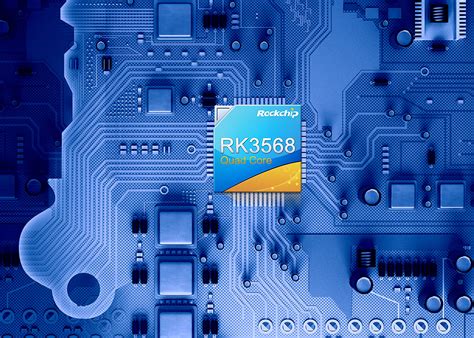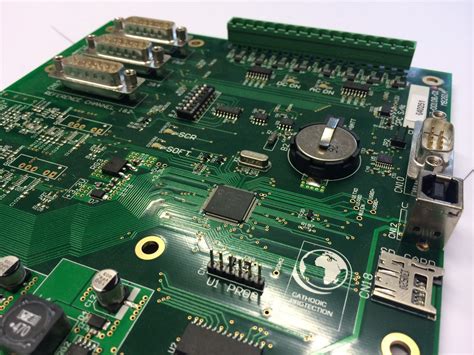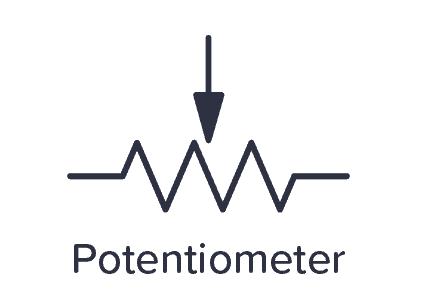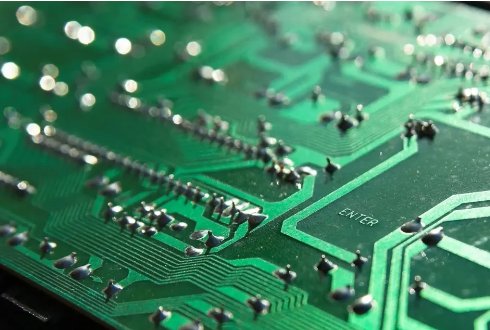PCB Corrosion Analysis: Causes, Effects, and Prevention Techniques
1. Introduction
Printed Circuit Boards (PCBs) are essential components in modern electronic devices, providing mechanical support and electrical connections between components. However, PCBs are susceptible to corrosion, which can lead to device failure, reduced performance, and increased maintenance costs. Corrosion occurs due to environmental factors, material degradation, and electrochemical reactions. This article explores the causes, types, detection methods, and prevention strategies for PCB corrosion, providing a comprehensive analysis for engineers and manufacturers.
2. Causes of PCB Corrosion
Corrosion in PCBs is influenced by multiple factors, including environmental conditions, material properties, and manufacturing defects. The primary causes include:
2.1 Environmental Factors
- Moisture and Humidity: Water vapor accelerates oxidation and electrochemical reactions, leading to metal degradation.
- Temperature Fluctuations: High temperatures increase reaction rates, while thermal cycling can cause micro-cracks, exposing metal traces to corrosion.
- Contaminants: Exposure to salts, sulfur, chlorine (from industrial or marine environments), and acidic/alkaline substances promotes corrosion.
2.2 Electrochemical Corrosion
- Galvanic Corrosion: Occurs when dissimilar metals (e.g., copper and gold) are in contact in the presence of an electrolyte (e.g., moisture), creating a galvanic cell.
- Electrolytic Migration: Metal ions (e.g., copper) dissolve and redeposit, forming dendrites that cause short circuits.
2.3 Manufacturing and Design Issues
- Poor Surface Finishes: Inadequate conformal coating or solder mask application leaves copper traces exposed.
- Flux Residues: Improper cleaning after soldering leaves corrosive ionic residues.
- Poor PCB Layout: Traces too close to edges or exposed to harsh conditions without protection.

3. Types of PCB Corrosion
Different corrosion mechanisms affect PCBs, each with distinct characteristics:
3.1 Oxidation (Tarnishing)
- Copper traces react with oxygen, forming non-conductive copper oxide (Cu₂O or CuO).
- Leads to increased resistance and signal degradation.
3.2 Sulfur and Chlorine-Induced Corrosion
- Silver Corrosion: Silver-plated components react with sulfur (e.g., from air pollution), forming black silver sulfide (Ag₂S).
- Chlorine Attack: Chlorine (from flux residues or seawater) corrodes copper, forming conductive but unstable copper chloride (CuCl₂).
3.3 Dendritic Growth (Electromigration)
- Metal ions migrate under bias and moisture, forming conductive filaments (dendrites) that cause short circuits.
3.4 Creep Corrosion
- Sulfur compounds (e.g., H₂S) react with silver or copper, forming conductive but corrosive sulfides that spread across the PCB.
4. Detection and Analysis Methods
Identifying corrosion early is crucial for preventing catastrophic failures. Common detection techniques include:
4.1 Visual Inspection
- Discoloration (green patina on copper, black spots on silver).
- Blistering or peeling of solder mask.
4.2 Electrical Testing
- Increased resistance in traces.
- Unexpected current leakage or short circuits.
4.3 Microscopic and Spectroscopic Analysis
- Optical Microscopy: Identifies surface defects and dendrite formation.
- Scanning Electron Microscopy (SEM) with EDS: Determines elemental composition of corrosion products.
- X-ray Photoelectron Spectroscopy (XPS): Analyzes chemical states of corroded surfaces.
4.4 Electrochemical Testing
- Electrochemical Impedance Spectroscopy (EIS): Measures corrosion resistance of coatings.
- Potentiodynamic Polarization: Evaluates corrosion rates of PCB materials.

5. Prevention and Mitigation Strategies
Preventing PCB corrosion requires a combination of material selection, design improvements, and protective measures.
5.1 Material Selection
- Corrosion-Resistant Metals: Use gold or ENIG (Electroless Nickel Immersion Gold) plating instead of bare copper.
- Low-Flux Residue Solders: Choose no-clean or low-residue fluxes to minimize ionic contamination.
5.2 Protective Coatings
- Conformal Coatings: Acrylic, silicone, or polyurethane coatings shield PCBs from moisture and contaminants.
- Solder Mask Application: Ensures complete coverage of copper traces.
5.3 Environmental Control
- Hermetic Sealing: Protects sensitive PCBs in harsh environments.
- Desiccants and Humidity Control: Use moisture-absorbing materials in enclosures.
5.4 Design Best Practices
- Avoid Mixed Metals: Minimize galvanic corrosion by using compatible metals.
- Proper Spacing: Increase trace-to-edge distance to reduce exposure.
- Corrosion Testing: Perform accelerated aging tests (e.g., salt spray, humidity chambers).
6. Case Studies and Industry Examples
6.1 Automotive Electronics
- PCBs in vehicles face temperature swings, humidity, and road salt.
- Solution: Conformal coatings and robust material selection (e.g., ENIG).
6.2 Marine Electronics
- High salt exposure accelerates corrosion.
- Solution: Hermetic sealing and anti-corrosive coatings.
6.3 Industrial PCBs
- Exposure to sulfurous gases in factories leads to creep corrosion.
- Solution: Silver alloy alternatives and protective enclosures.
7. Future Trends in Corrosion-Resistant PCBs
- Nanocoatings: Advanced thin-film coatings with self-healing properties.
- Corrosion-Sensing Circuits: Embedded sensors detect early-stage corrosion.
- Sustainable Materials: Development of biodegradable yet corrosion-resistant PCBs.
8. Conclusion
PCB corrosion is a critical issue affecting reliability and longevity in electronic devices. Understanding its causes, detection methods, and prevention strategies is essential for engineers and manufacturers. By implementing proper material selection, protective coatings, and environmental controls, the impact of corrosion can be significantly reduced. Future advancements in nanotechnology and smart sensing will further enhance PCB durability, ensuring robust performance in demanding applications.







